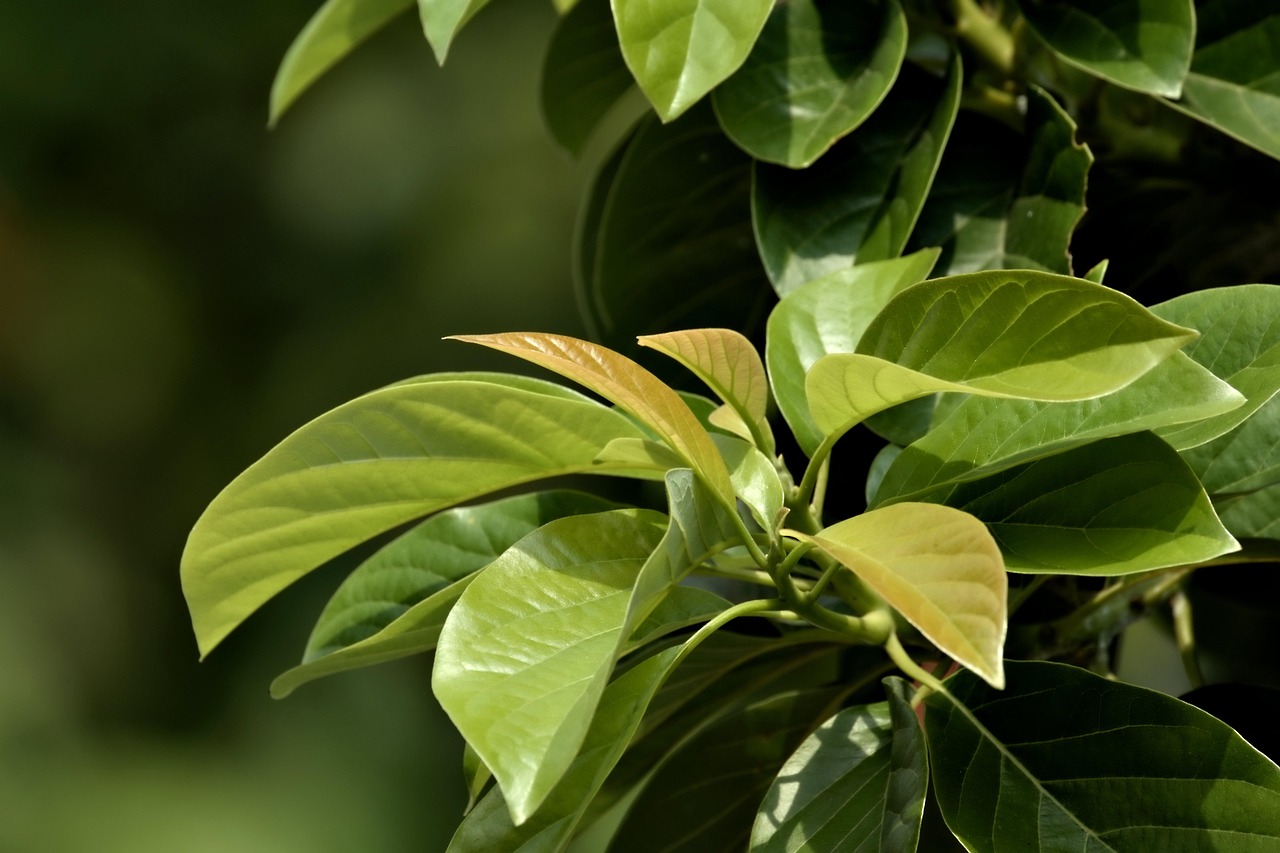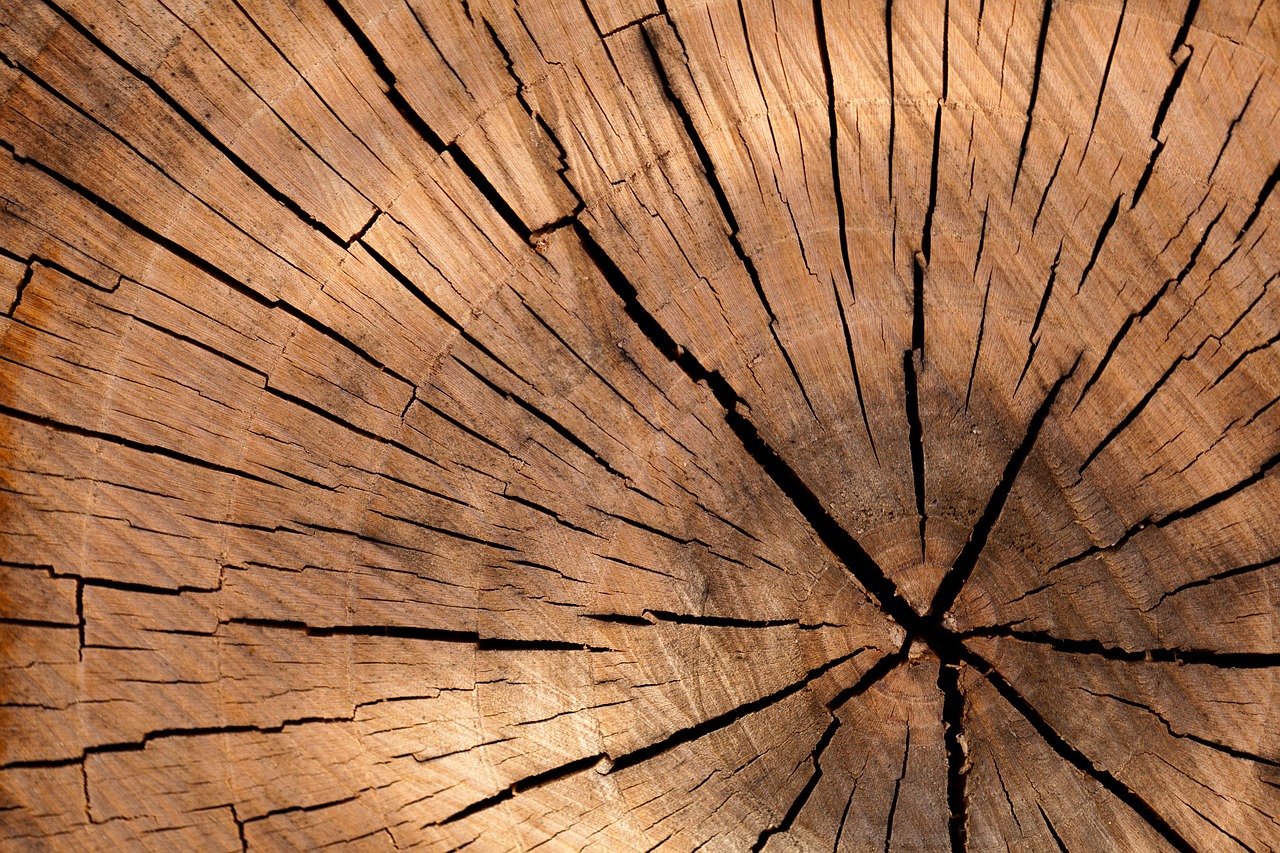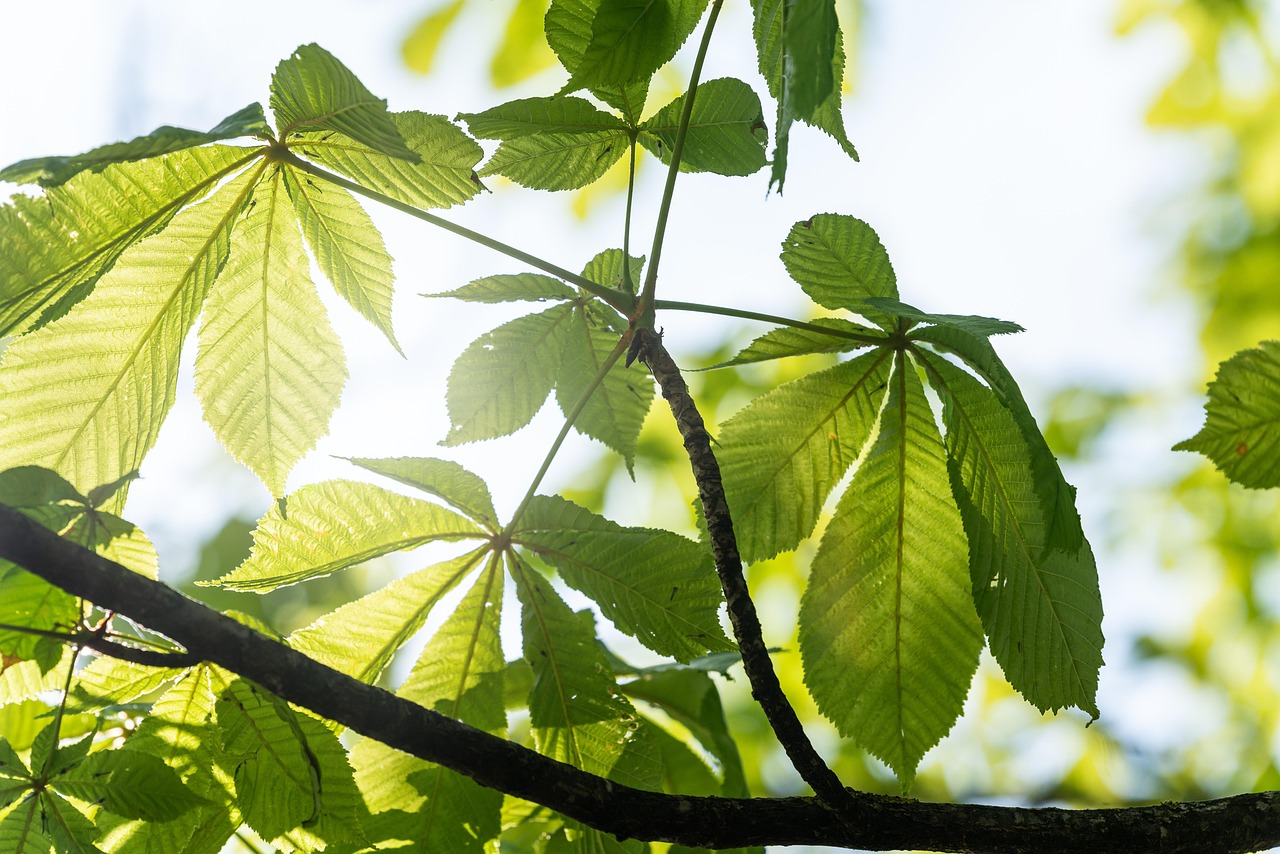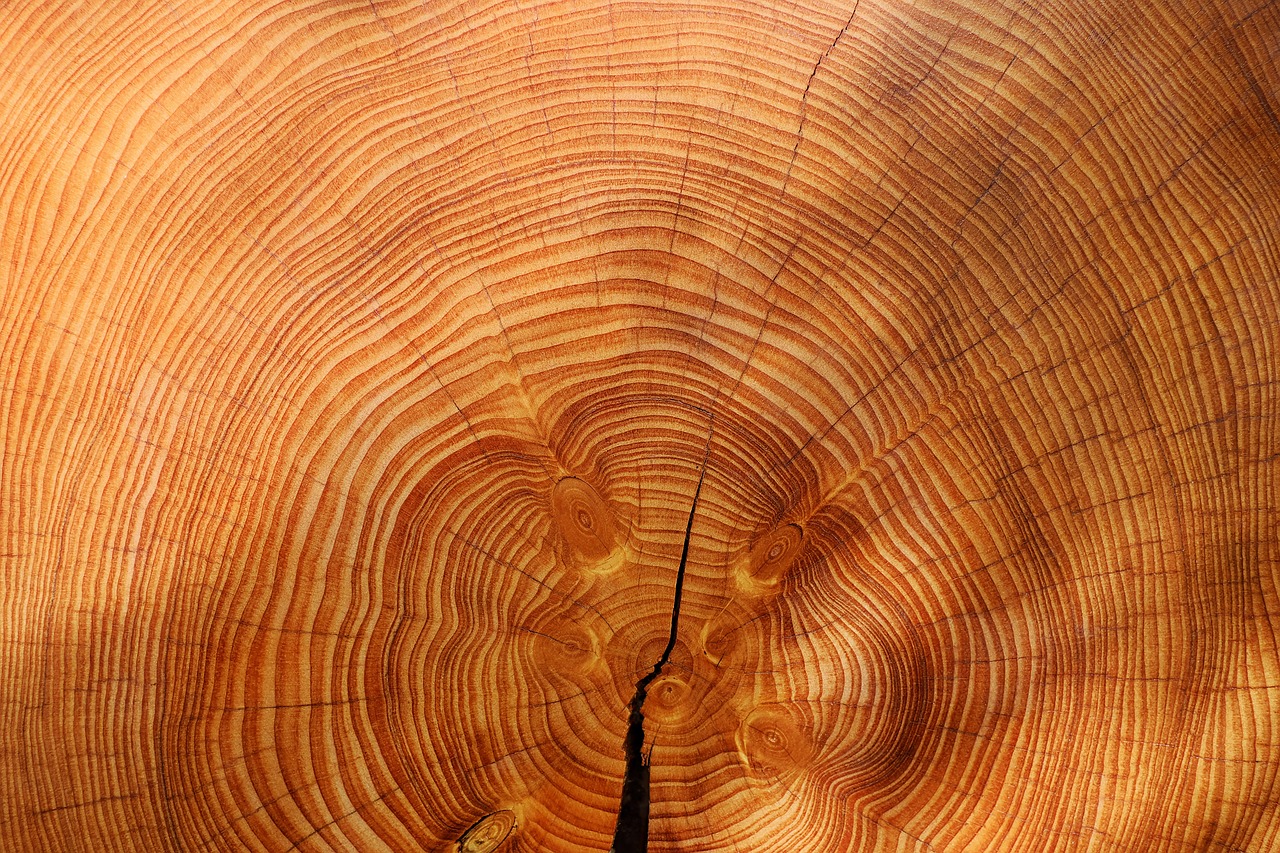The growth rates of trees in the UK vary significantly among species. Fast-growing species like the hybrid poplar and willow can reach heights of over 10 meters in just a few years, while slower-growing species such as oak and beech may take decades to reach similar heights.
Understanding Tree Growth Rates in the UK
Tree growth rates are influenced by several factors, including species type, soil quality, climate, and care practices. In the UK, certain species are favored for their rapid growth and aesthetic appeal. Understanding these growth rates is essential for gardeners, landscapers, and anyone interested in forestry or natural landscaping. This article will explore the best British tree species based on their growth rates.

When selecting trees for planting, it is crucial to consider their growth rates. Fast-growing trees can provide shade and privacy quickly, while slow-growing trees may require more time but often provide sturdier structures and longer lifespans. The choice of tree will depend on the goals of the planter, whether for aesthetics, timber production, or ecological benefits.
Factors Affecting Tree Growth
Several factors affect how quickly trees grow in the UK. These include:
- Species: Different tree species have inherently different growth rates.
- Soil Quality: Nutrient-rich soil supports faster growth.
- Climate: Temperature and rainfall can greatly influence growth rates.
- Sunlight: Trees that receive ample sunlight tend to grow faster.
- Water Availability: Adequate water is essential for optimal growth.
Top British Tree Species by Growth Rate
The following table highlights some of the fastest-growing tree species in the UK along with their average growth rates per year. This information can help you make informed decisions when selecting trees for planting.

| Tree Species | Average Height Growth (meters/year) | Ideal Soil Type | Common Uses |
|---|---|---|---|
| Hybrid Poplar | 2-3 | Nutrient-rich, well-drained | Shade, timber production |
| Willow | 2-3 | Wet, well-drained | Erosion control, ornamental |
| Lombardy Poplar | 2-3 | Well-drained | Windbreaks, privacy screens |
| Silver Birch | 1-2 | Sandy or loamy soil | Ornamental, wildlife habitat |
| Norway Maple | 1-2 | Loamy soil | Shade, ornamental purposes |
| Oak (English) | 0.5-1 | Clay or loamy soil | Timber, wildlife habitat |
| Beech | 0.5-1 | Rich, well-drained soil | Timber, ornamental use |
This chart illustrates how certain species can rapidly achieve significant height. For example, both hybrid poplar and willow can grow between 2 to 3 meters annually. This makes them ideal choices for quick shade and privacy solutions. In contrast, traditional hardwoods like oak and beech grow at a slower pace but are valued for their durability and ecological contributions.
Choosing the right species not only enhances the landscape but also contributes to local wildlife habitats. Fast-growing trees can provide immediate benefits while slower-growing varieties can ensure long-term ecological health. As such, understanding growth rates is vital for anyone involved in tree selection and planting in the UK.
The information presented here serves as a guide to help you determine which tree species might be best suited to your needs based on their growth rates and other essential characteristics.

Factors to Consider When Selecting Tree Species
When deciding on the best tree species to plant, it is essential to consider various factors beyond just growth rates. These factors can influence the suitability of a tree for a specific environment or purpose. Here are some critical considerations:
- Climate Adaptability: Different species thrive in various climatic conditions. It’s important to choose trees that can withstand local weather patterns.
- Soil Type: The soil quality and type will impact how well a tree grows. Conducting a soil test can help determine which species will perform best.
- Space Availability: Consider the mature size of the tree. Ensure there is enough space for roots and branches to grow without interfering with structures, roads, or other plants.
- Pest and Disease Resistance: Some species are more susceptible to pests and diseases. Choosing resilient varieties can result in lower maintenance costs.
- Environmental Impact: Select species that support local wildlife and biodiversity. Native trees often provide better support for local ecosystems.
Popular Fast-Growing Tree Species in the UK
Some tree species are particularly favored for their rapid growth and overall benefits. Below are a few of the most popular fast-growing tree species in the UK, along with their characteristics:
| Tree Species | Average Growth Rate (meters/year) | Characteristics | Common Uses |
|---|---|---|---|
| Hybrid Poplar | 2-3 | Fast growth, tall and straight trunk | Lumber, shade, windbreaks |
| Willow | 2-3 | Flexible branches, thrives near water | Erosion control, ornamental, basketry |
| Lombardy Poplar | 2-3 | Pyramid shape, quick to establish | Privacy screens, timber |
| Silver Birch | 1-2 | Beautiful bark, attractive foliage | Ornamental, wildlife habitat |
| Norway Maple | 1-2 | Dense canopy, vibrant fall color | Shade, streetscapes, parks |
| Red Oak | 1-2 | Strong timber, brilliant fall color | Landscaping, wildlife habitat |
| Eucalyptus (non-native) | 2-3 | Aromatic leaves, fast growth | Pulpwood, ornamental planting |
The Role of Native Trees in UK Ecosystems
While fast-growing non-native species have their advantages, native trees play a crucial role in maintaining the health of ecosystems in the UK. Native trees offer numerous benefits:

- Biodiversity Support: Native trees provide habitat and food for local wildlife, including birds and insects.
- Ecosystem Stability: They contribute to soil stability and water retention, preventing erosion.
- Cultural Significance: Many native trees have historical and cultural significance in the UK.
- Lower Maintenance Needs: Native species are often better adapted to local soil and climate conditions, requiring less care.
- Aesthetic Value: Native trees enhance landscapes with unique seasonal beauty.
Caring for Fast-Growing Trees
Caring for fast-growing trees is essential to ensure they reach their full potential. Here are key care tips:
- Watering: Young trees need regular watering, especially during dry spells. Ensure adequate moisture without waterlogging.
- Fertilization: Use a balanced fertilizer to promote healthy growth during the first few years.
- Pruning: Prune young trees to promote strong structure and remove any dead or diseased branches.
- Pest Management: Monitor for pests and diseases. Early intervention can prevent significant damage.
- Mulching: Apply mulch around the base of trees to retain moisture and suppress weeds.
The right care can significantly enhance the growth rate and longevity of fast-growing tree species. By understanding their needs and characteristics, you can create a thriving environment for your trees to flourish.
Environmental Considerations for Tree Planting
When planning to plant trees in the UK, environmental factors play a vital role in determining success. Understanding how trees interact with their surroundings is essential for creating sustainable landscapes. Here are several key environmental considerations:
- Microclimates: Trees can create microclimates that affect local conditions. This includes changes in temperature, humidity, and soil moisture levels, which may benefit or hinder surrounding plants.
- Water Availability: Assess the drainage and water retention of the planting site. Some species prefer wet conditions, while others thrive in drier soils.
- Companion Planting: Consider planting trees alongside compatible species. This can enhance growth and reduce pest issues, creating a harmonious ecosystem.
- Sunlight Requirements: Different species have varying sunlight needs. Ensure that the chosen location provides adequate light for the selected tree species.
- Wind Exposure: Windbreaks can be created by strategically planting trees to protect more delicate plants and soil from erosion.
Soil Preparation for Tree Planting
Proper soil preparation is crucial for the healthy establishment of trees. The following steps can significantly improve the conditions for growth:
- Soil Testing: Conduct a soil test to determine pH levels and nutrient content. This helps identify any deficiencies that may need addressing.
- Amending Soil: Based on the soil test results, amend the soil with organic matter or fertilizers to enrich nutrient levels and improve drainage.
- Tilling: Loosen compacted soil to encourage root penetration and promote healthy development.
- Creating Planting Holes: Dig holes that are at least twice the width of the root ball and equal in depth. This allows roots to spread easily in the new environment.
- Watering Before Planting: Soak the holes with water before planting to provide moisture for the young tree.
Common Challenges in Tree Growth
While many factors contribute to tree growth, certain challenges can impede progress. Being aware of these issues can help you take preventative measures:
- Pests: Insects such as aphids, caterpillars, and beetles can damage young trees. Regular monitoring and appropriate pest management strategies are essential.
- Diseases: Fungal infections, such as root rot or powdery mildew, can threaten tree health. It is vital to maintain good air circulation and avoid overcrowding plants.
- Environmental Stress: Extreme temperatures or drought conditions can stress trees, slowing growth. Providing adequate care during these times is crucial.
- Competition: Nearby plants may compete for nutrients and water. Managing competing vegetation through mulching or selective removal can help young trees thrive.
- Transplant Shock: Newly planted trees may experience transplant shock, which can hinder growth. Providing extra care during the initial months can alleviate this issue.
Choosing the Right Time to Plant Trees
The timing of tree planting significantly impacts growth success. Here are guidelines for selecting the best planting times:
- Spring Planting: Late March to early June is ideal for most species, as it allows trees to establish roots before the heat of summer.
- Autumn Planting: Late September to November is also a good time, as cooler temperatures reduce stress on young plants and allow roots to grow before winter.
- Avoiding Frost: Planting should be avoided during frost conditions, as this can damage young roots and inhibit growth.
- Careful Monitoring: Regardless of when you plant, closely monitor weather conditions. Adjust watering and care based on temperature and precipitation.
The Importance of Tree Diversity
Diverse tree planting is essential for the resilience of landscapes. Here are some benefits of maintaining diversity among tree species:
- Ecosystem Stability: Diverse species contribute to a balanced ecosystem, making it more resilient to diseases and pests.
- Aesthetic Appeal: Variety in tree species enhances the visual interest of landscapes throughout the seasons.
- Wildlife Habitat: Different species provide varied habitats and food sources for wildlife, promoting biodiversity.
- Sustainable Management: A diverse selection reduces risks associated with monoculture practices, such as disease outbreaks affecting all trees equally.
By considering these environmental aspects, soil preparation methods, potential challenges, optimal planting times, and the importance of diversity, you can create a thriving environment for your trees. This comprehensive approach will support healthy growth and contribute to a more sustainable landscape.
Enhancing Urban Spaces with Tree Planting
As urban areas expand, the importance of incorporating trees into city planning becomes evident. Trees play a crucial role in enhancing the quality of life in urban settings. They provide numerous benefits, including:
- Air Quality Improvement: Trees filter pollutants from the air, improving overall air quality and contributing to better public health.
- Temperature Regulation: Urban heat islands can be mitigated by tree canopy cover, helping to regulate temperatures during hot months.
- Noise Reduction: Trees can act as sound barriers, reducing noise pollution from traffic and other urban activities.
- Increased Property Values: Properties with mature trees often have higher market values due to their aesthetic appeal and environmental benefits.
- Community Engagement: Green spaces promote community interaction and engagement, fostering social ties among residents.
These benefits make a strong case for integrating trees into urban landscapes. Strategic tree planting can transform concrete jungles into more livable, vibrant spaces.
Tree Planting Initiatives and Programs in the UK
Several initiatives across the UK aim to encourage tree planting and support sustainable forestry. These programs not only help increase tree coverage but also educate communities about the ecological importance of trees. Some noteworthy initiatives include:
- The Woodland Trust: This organization focuses on protecting and restoring woodlands across the UK, offering resources for individuals and communities interested in planting trees.
- The Tree Council: The Tree Council leads national campaigns to promote tree planting, especially in schools and communities, encouraging the next generation to value trees.
- Local Authorities: Many local councils offer grants or support programs for tree planting in public spaces, schools, and parks.
- Community Projects: Numerous grassroots organizations work within local communities to plant trees and create green spaces, emphasizing local species to enhance biodiversity.
Participation in these programs not only contributes to environmental sustainability but also fosters a sense of ownership and pride within communities.
The Future of Tree Planting in the UK
The future of tree planting in the UK looks promising, with increasing awareness of climate change and its effects. As more individuals and organizations recognize the importance of trees, initiatives will likely grow and evolve. Key trends expected to shape the future of tree planting include:
- Urban Forestry Expansion: Continued focus on integrating trees into urban planning will lead to healthier cities.
- Technological Advancements: Innovations in tree planting techniques and monitoring systems will improve survival rates and growth potential.
- Climate Resilience: Selecting tree species that can adapt to changing climatic conditions will be crucial for long-term success.
- Ecosystem Services Recognition: Increased acknowledgment of the various ecosystem services provided by trees will drive more sustainable practices in landscaping and forestry.
This forward-thinking approach will ensure that trees continue to play a vital role in enhancing both natural and urban environments across the UK.
Conclusion
The growth rates of trees in the UK offer valuable insights into selecting the best species for different environments and purposes. Fast-growing varieties like hybrid poplar and willow provide immediate benefits, while native species contribute to biodiversity and ecological health. Understanding factors such as soil conditions, climate adaptability, and community needs will enhance the success of tree planting initiatives.
As we move toward a more sustainable future, embracing tree diversity and participating in community programs will be essential. The numerous benefits trees provide—from improving air quality to enhancing property values—make them an invaluable asset in our landscapes. By prioritizing tree planting today, we can create healthier, more resilient ecosystems for future generations.
